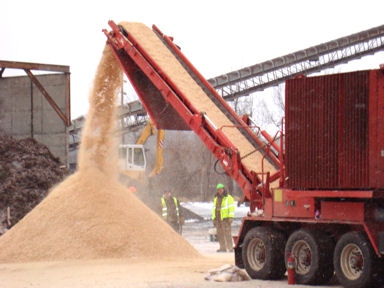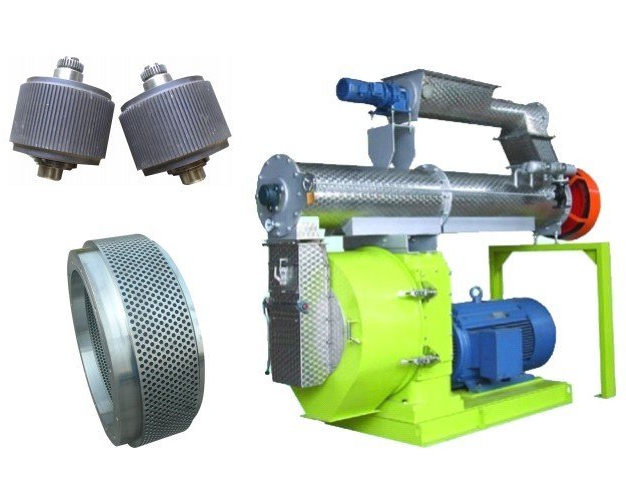In terms of popularity, alternative fuels will soon compete with traditional energy sources. Given the annual increase in gas prices, the transition to new types of solid fuel heating is more relevant than ever. In order to choose the right equipment for the production of wood pellets, a phased review of the process of their manufacture is necessary.
Raw Material Preparation: Crushing and Drying
Fuel pellets are compressed wood sawdust that has undergone preliminary processing. The size of the granules is small - from 9 to 12 mm. This is necessary to ensure the smooth operation of special boilers that have an automatic line for supplying fuel to the combustion chamber.

As a raw material, you can use any type of wood. Most often these are sawdust or shredded branches. The production of wood pellets begins with the preparation of the source material. At the first stage, the material is sorted, and the processing method is selected depending on the size.
Existing wood is crushed using crushers and dried in the apparatus of the tape or drum type. The moisture content of the starting material is about 20-25%. This affects the reduction of energy intensity. Therefore, by drying, the water content in the feed is reduced to 7-11%. Then the resulting mass proceeds to the next stage of production.
Fine crushing
After drying, even greater grinding of the starting material is necessary. This requires the purchase of threshing machines. Since after reducing the moisture concentration in the sawdust, it is possible to resize some elements, it is necessary to bring them to a single standard.

As a result, the resulting mass will be similar to well-dried sawdust of the smallest fraction. Then it takes some time for the material to settle. It is imperative to filter the raw materials by removing all foreign substances.
Pressing
The prepared mass is placed in a steam treatment bin or water. Together with it, special gluing mixtures are introduced into the composition. Even at maximum pressure there is a possibility of pellet swelling and destruction. The natural property of wood to absorb is compensated by processing compounds.

The resulting mixture is sent to the blank formation zone. The process is very similar to the manufacture of a plastic profile. First, the resulting mass is heated to a temperature of 60-70 ° C. Using a powerful press, the starting material passes through a steel mold with many cylindrical holes.
The resulting blanks are cut to the desired size using an industrial blade mounted after the die. For the formation of an outer protective shell, the processing of granules with cold air is recommended. Not every wood pellet production line has this function. If it is missing, you can perform a system upgrade yourself.
Packaging
Finished products on a conveyor belt enter the pre-storage hopper. The large steel tank has a lower neck with a metering mechanism. For packaging products, it is necessary to use special containers.
The best choice - canvas bags, protected inside with PVC film. Since the specific gravity of the pellets is small, the useful packaging volume can be large. The average weight of filled containers is about 400 kg. The indisputable advantage of these bags is the possibility of repeated use.
In most cases, equipment for the production of wood pellets is designed using the conveyor method. Each of the stages of processing raw materials is performed in a semi-automatic mode. It is best to purchase the entire range of equipment from one manufacturer. This will guarantee the compatibility of individual nodes with each other, which will reduce the likelihood of breakage or malfunction.
